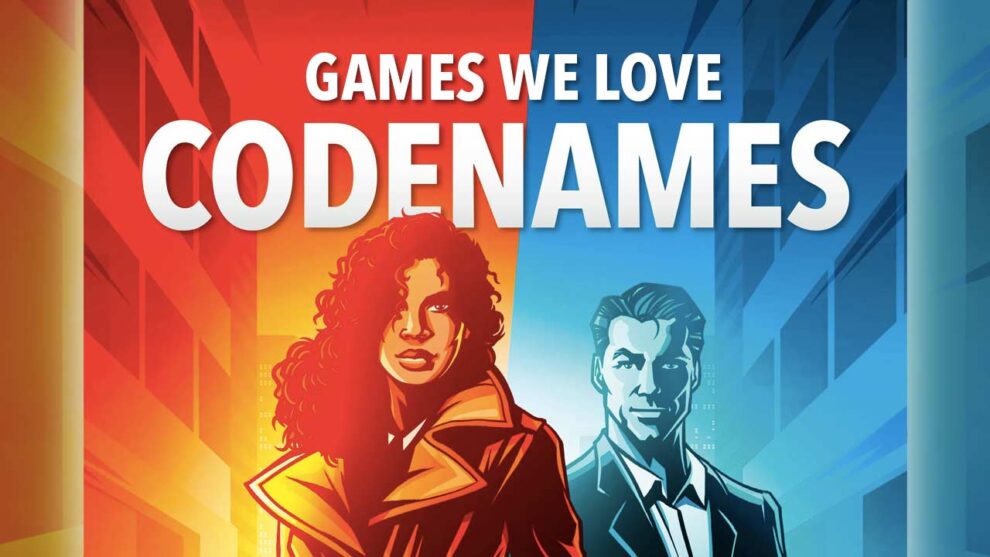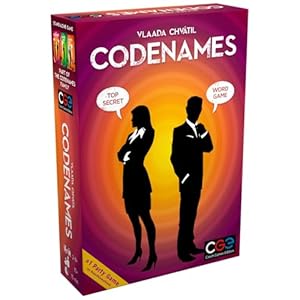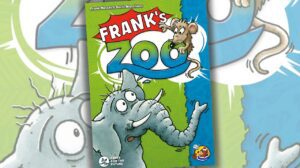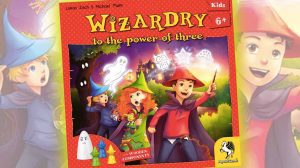I recently got my hands on the new version of the classic word association party game Codenames, originally released in 2015. Czech Games Edition (CGE) recently re-released the game with a fresh coat of paint, including new art on the spy tiles, a more eco-friendly card stand for the spymasters (using the company’s RE-wood composite), and a word list refined thanks to millions of online plays using the Codenames app.
In many ways, I’m thankful for the review copy, because I have a copy of the 2015 version still on my gaming shelves and some of those cards have been handled, friends. Shiny new cards will always be welcome at Casa de Bell and any reason to get Codenames back to the table is always an excuse I can work with.
The reality, though, is that Codenames didn’t need anything new for me to see its continued brilliance. Codenames is the most accessible, most consistently reliable, and easiest to teach party game in my entire collection. On the Mount Rushmore of party games, my top four is set—Just One, Wavelength, and Pictures sit alongside Codenames as the go-to games in my collection that work with everyone.
Here are just a few reasons why I think the game has managed to sell a mere 16 million copies.
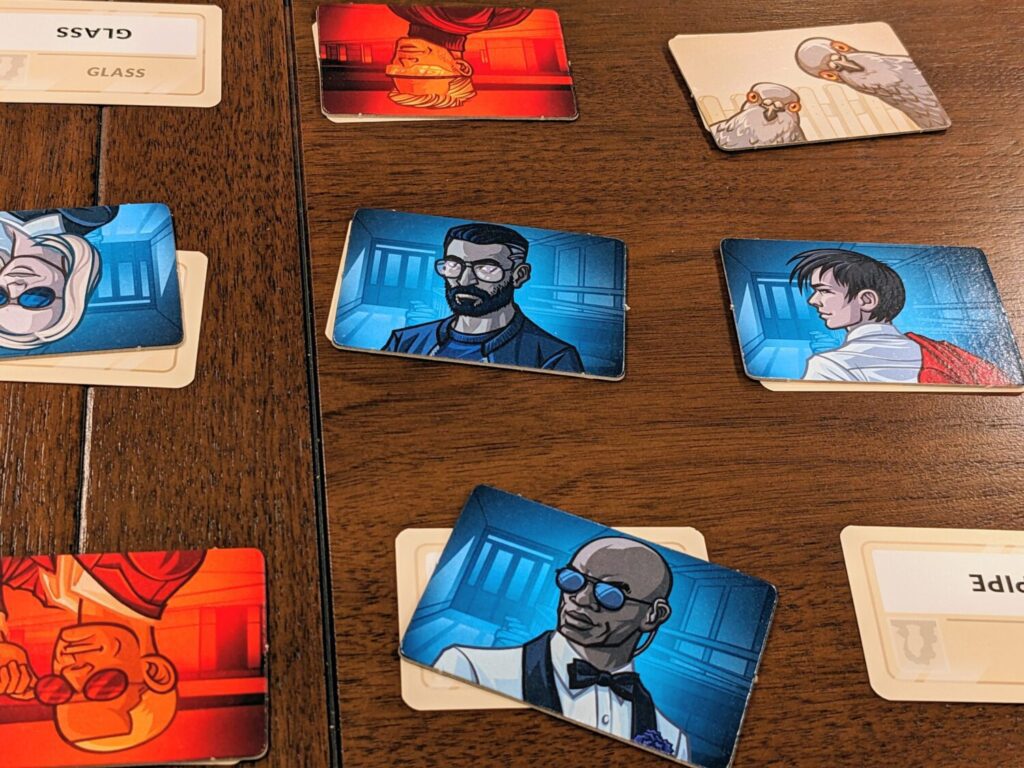
The Teach Takes 60 Seconds
I say in a lot of my articles that I love it when a game can be taught to nearly anyone within five minutes. With Codenames, most people can teach it to their distracted, non-gamer nephew in maybe a minute:
“We’re going to split the room into two teams, red and blue. Each team has a ‘spymaster’ who will give their team clues, using the 25 words on the table. On a turn, the red spymaster might say AMERICA 2. That means they want you to guess the two words on cards in the grid that most align with the clue “America.” The active team has to touch a word that they think is a match. If so, we’ll mark it with a token in their team’s color, and they can keep guessing. A wrong guess means that the team has to pass. One of the 25 words is an instant loss condition known as the Assassin, so don’t pick that one!”
I’ve taught Codenames to hobbyists, casual players, non-gamers, distant family. I’ve done multiple runs of Codenames with campus hires when I was running a new hire onboarding program for a consulting company, with groups that included 22-year-olds and 60+ year-olds and everyone in-between. I’ve shown it to close family, and after our first beach weekend family play, three of the people there bought their own copies, still the only time I have triggered sales of the same game to multiple people at the same game night.
I think the biggest reason why Codenames always works is because it is so easy to teach, and it always turns into such a fun experience. Accessibility for a party game for an all-ages group is vital, and Codenames does it better than any game I own.
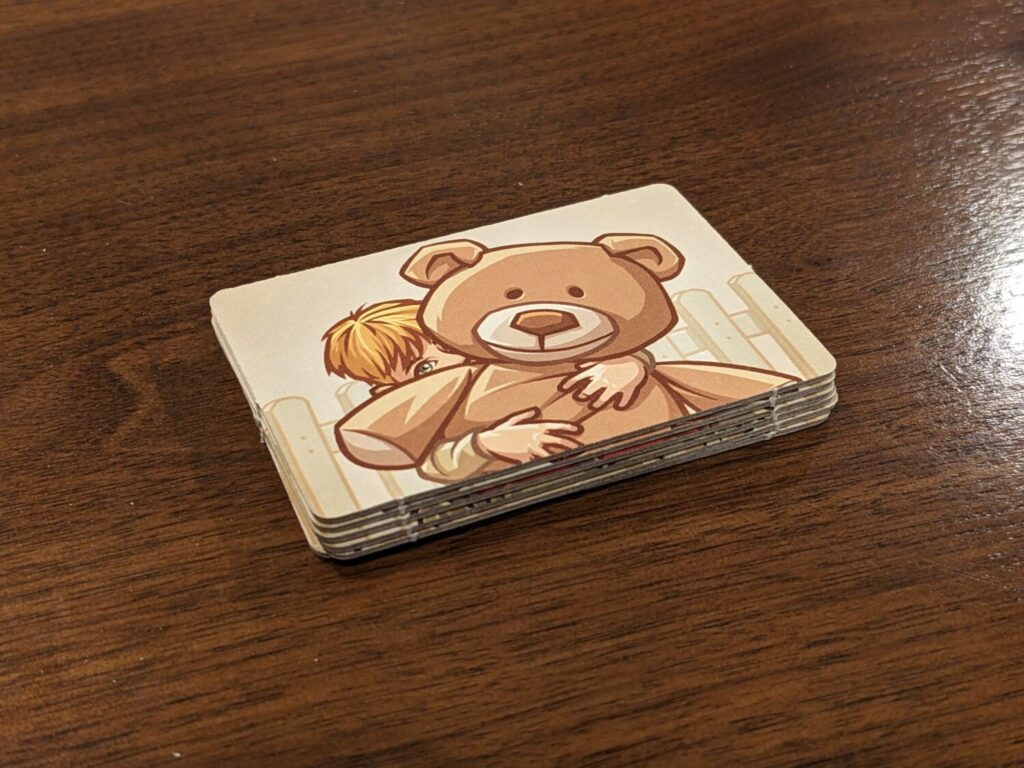
It’s the Word You Missed
25 words never sounds like a lot of words. But when a game of Codenames really gets rolling, my favorite moments come when the spymaster is working up a single-word clue, and they get their heart set on giving out a clue without realizing the contextual importance of what their clue might mean for the other words in the grid.
During a recent play, my partner Gideon gave me the clue RESTAURANT 4. He looked confident, like he had nailed it by simply throwing out the clue, and even I had to admit, the targets in the grid looked like a great match.
“Let’s start with the easy ones, since I am pretty sure a couple of these are home runs for the clue,” I said. I went to touch the word COOK, and Gideon smiled as he placed one of our team’s blue tokens on the card.
The next one was easy, at least to me, but there were other words that were appealing, too…APPLE, BAR, even FACE might work. I took a chance on a word that I was feeling great about, and I assumed Gideon and I were on the same wavelength, so I went for it.
“CHECK”, I ventured. Nothing is more important than getting the final bill before leaving a restaurant, right?
“Nice!” Gideon smiled again, and covered CHECK with a blue token.
I was feeling great, and I could tell Gideon and I were rolling. I went back to that other word that I thought was an easy win, given that we live in Chicago and the word RESTAURANT was the clue.
“BEAR”, I said, as I began to settle on which word was the fourth one Gideon had in mind.
But when I made eye contact with Gideon, he had frozen up. The red team’s spymaster suddenly had eyes as wide as the ocean. “BEAR wasn’t one of them,” Gideon frowned. “And BEAR is the Assassin in this game…so, we lose.”
I was shocked. Doesn’t everyone in Chicago—no, the world??—know that the Hulu show The Bear is, like, THE restaurant show of the moment? The most famous food dramedy in the world, the one set in Chicago???
As it turns out, the answer is no…in part, because Gideon has never seen The Bear.
This kind of thing happens all the time in Codenames, and it is yet another reason why I cackle every time I play it. There’s always a moment when players miss a way that their clue might tie into another word in the grid. Every single time I play it, something like my BEAR moment happens. Sometimes, it happens to the spymaster. Sometimes, it’s the groupthink moment that steers a team away from the intended word of the spymaster and into whatever word a vocal team member wanted to guess instead.
It doesn’t matter. It’s just the magic of Codenames.
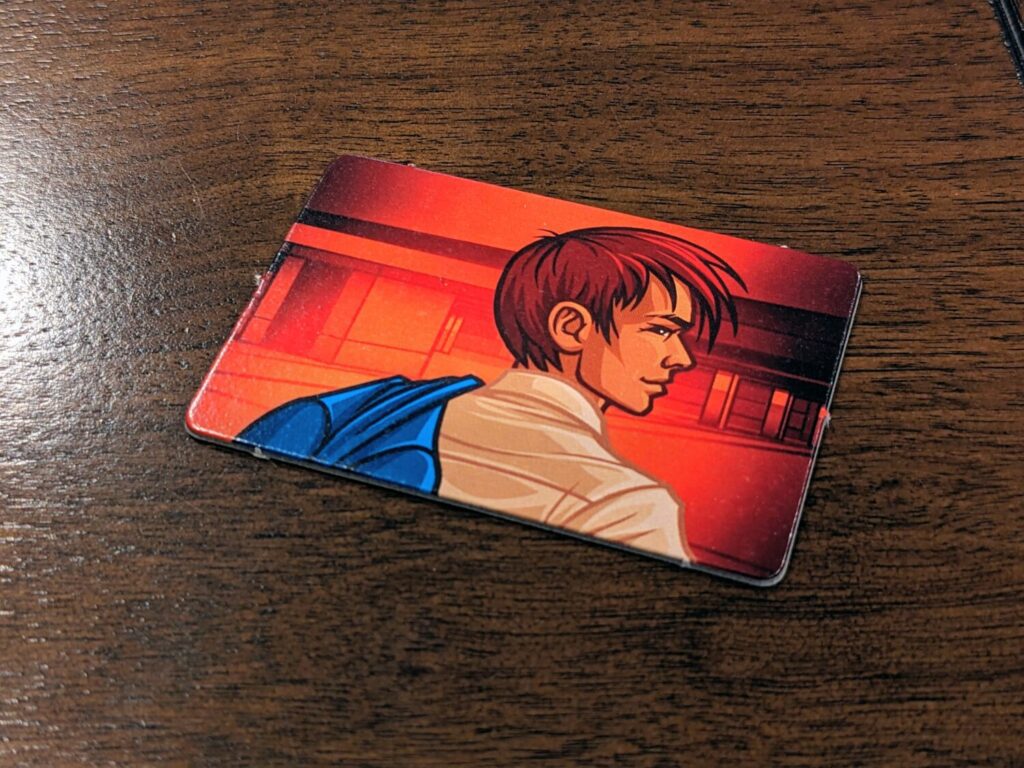
Playing with Smart, Creative People Leads to Smart, Creative Clues
If you are lucky, you have university faculty in your gaming networks. PhD holders. High IQ types. Artists, world travelers, wordsmiths. Crossword puzzle fanatics, or maybe other folks who are just really exceptional outside-the-box thinkers.
I’ve been really lucky to have all kinds of different people in my life over the years, and putting many of them in the same room to play Codenames is always interesting. The worst games of Codenames—and admittedly, this has not been my experience, but I’ll play along for the purposes of the article—come when a spymaster just tries to lay up and give their team a clue for a simple card on the table. “GUN 1”, a lazy spymaster might say for the word card PISTOL. Now, you might do this to ensure your team gets PISTOL as well as use the inferences from previous clues to go back and find another word or two, thanks to the game’s rule that says a player can keep guessing words as long as they get at least one word right.
But the satisfaction that comes from giving out one clue and getting the team to guess three, four, maybe five words on the same turn is glorious if the clue is good. I love these moments, but I love them more when someone really creative knocks it out of the park.
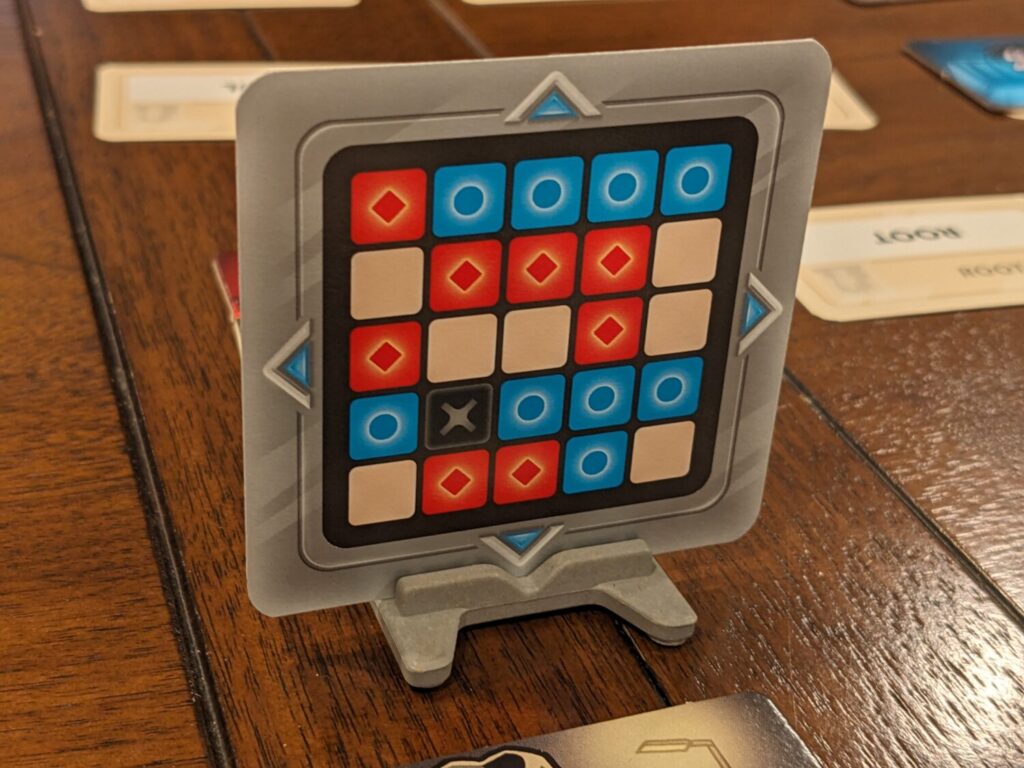
15 Minutes or 15 Hours
Codenames might last only a turn. In that RESTAURANT example above, we lost on the game’s second turn, so it was over in less than five minutes. A tightrope thriller that goes the distance (the winning team gets all eight, or nine, words, depending on who went first) might take 30. Most nights, to ensure that lots of people get to play as spymasters, Codenames is a two- or three-hour game night as everyone laughs their way through a series of rounds and a bunch of great moments.
Flexibility is the name of the game here, and Codenames does that well, too. Running it back with Codenames is so easy, and with 200 double-sided word cards and 40 key cards for the spymasters that can be rotated to use four different orientations, it’s hard to play the same game twice…and that’s before we talk about the Codenames app, which has thousands of words for players to use and async play for those who don’t have the time to play a full game in real time. That means you could just take a turn, and come back once a day to do it again and again for a stretch of weeks.
I just love that Codenames can be a short or medium filler in front of other games for a night, or it can turn itself into the only game you play for the entire night.
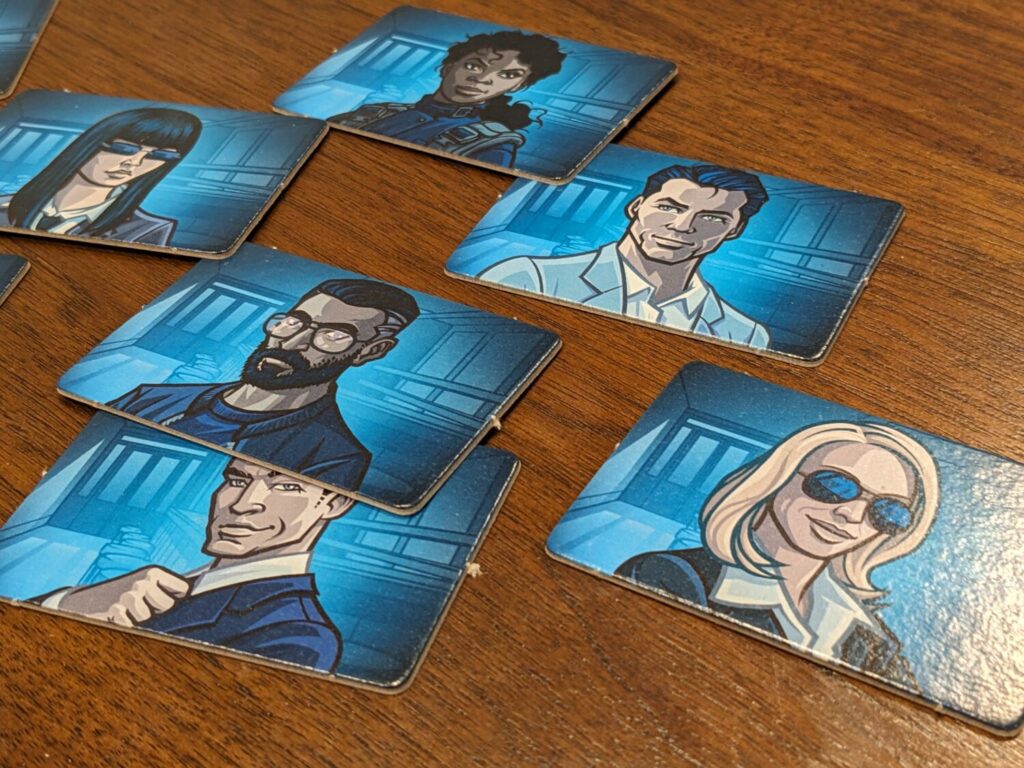
It’s Aging Just Fine
Codenames holds up. I’ll agree with the players in my network who think that Codenames is not perfect; even I would admit that it’s more fun being the spymaster than an “operative” (team guesser), downtime can be tough with slower spymasters, and eventually, some players will want access to more words. Fine.
But as a game that I can play with anyone, Codenames is never leaving the collection. I still host parties with people who want to dip their toes into modern gaming experiences and don’t know where to start, so we start them off with my Rushmore party game collection, usually a game of Codenames. Prior to the experience, games like UNO are the best thing they have ever seen and they want help picking something a little deeper.
Codenames is that and more. The 2025 version of the game even comes with a better rulebook and what feels like more explanation around the game’s rules regarding one-word clues. (CGE has crushed it with rulebooks and player aids in the last few years.) With one of my siblings, Codenames is the game that launched their journey into modern gaming, and countless other friends still have Codenames in their collection.
If you don’t already have it, pick up a copy of the 10-year anniversary edition this fall…it’s still perfect.


